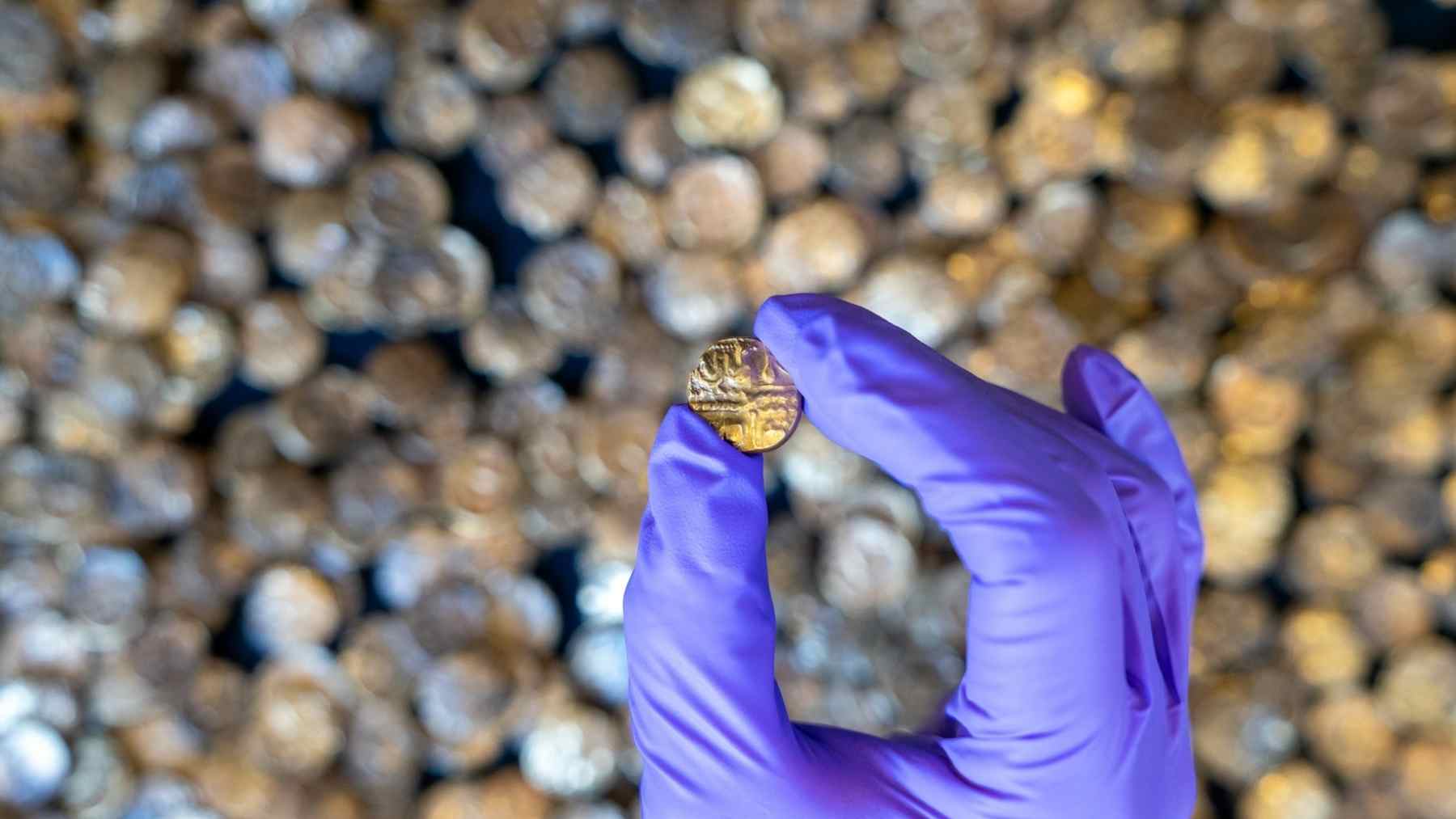A new energy empire is being built, and the most surprising thing is that it’s not emerging where we’d probably imagine. That’s because while most people still associate the future of clean energy with solar and wind, a new player is gaining ground on the map: blue hydrogen. And Chevron is betting big on it, investing $5 billion in a plant that could change the US energy balance. But this isn’t just any project; in fact, it promises to produce 2,000 tons of low-carbon hydrogen and ammonia daily. The scale is monumental, and the impact could be even greater. And the most impressive thing is that all of this will be done in a single US state.
2,000 tons a day: Hydrogen is no longer a promise — it’s a pipeline
But first, let’s decode the “2,000 tons per day” promise. Most of this production will come from low-carbon hydrogen and blue ammonia, both generated from steam methane reforming (SMR), technology that breaks natural gas into hydrogen and CO₂. And here’s the important detail: the carbon is captured and safely stored, rather than being released into the atmosphere.
Now, what exactly does 2,000 tons of hydrogen mean for us? Here are a few salient points:
- This represents more than 700,000 tons per year.
- It’s enough to power refineries, cement plants, steel mills, and petrochemical plants with cleaner fuel.
- Some of this volume could be used for sectors such as aviation, heavy ground transportation, and power generation with long-term storage.
And all of this is not just vague promises, because this plant already has a name, strategic partners, and defined deadlines.
The $3-billion race: Why Chevron can’t afford to miss the 45V deadline
Now the question: have you ever heard of the “45V credit”? This question is because it’s nothing more than the new hidden treasure of the US energy sector. Created by the Inflation Reduction Act (IRA), this program offers up to $3 per kilogram of clean hydrogen produced for 10 years. If we do the math, this could mean up to $3 billion in incentives for the Chevron project.
“Partnering and helping to connect value chains are key components to make hydrogen happen at scale,” said Austin Knight, vice president of Chevron New Energies for Hydrogen.
However, there’s one thing we need to be aware of: time is against them. Construction must begin by January 1, 2028; otherwise, we can kiss our credit goodbye. And that’s precisely why Chevron is racing to start construction in 2027 and secure its share of this pie, just as Europe has already secured its 45,000 tons of green hydrogen per year.
Texas bet: Chevron’s hydrogen empire rises in Port Arthur
All this is happening in Port Arthur, a city in southeast Texas. That’s where Chevron intends to lay the foundations of its hydrogen empire, dubbed Project Labrador. This location was chosen primarily for its existing infrastructure for refining and energy logistics; proximity to heavy industrial zones, where blue hydrogen is already seeing real demand; and participation in the HyVelocity regional hub, which brings together giants such as ExxonMobil, Air Liquide, Mitsubishi, Ørsted, and AES.
Not only that, the project will also benefit from a full 10-year exemption from local property taxes, which could represent over US$50 million in tax savings. What’s more, part of the process’s carbon emissions will be captured and stored at the Bayou Bend project, another strategic initiative by Chevron to consolidate its leadership in decarbonization. It seems the time for green hydrogen has arrived; another example is this device that generates 500 kg of hydrogen per day at home.
Disclaimer: Our coverage of events affecting companies is purely informative and descriptive. Under no circumstances does it seek to promote an opinion or create a trend, nor can it be taken as investment advice or a recommendation of any kind.















